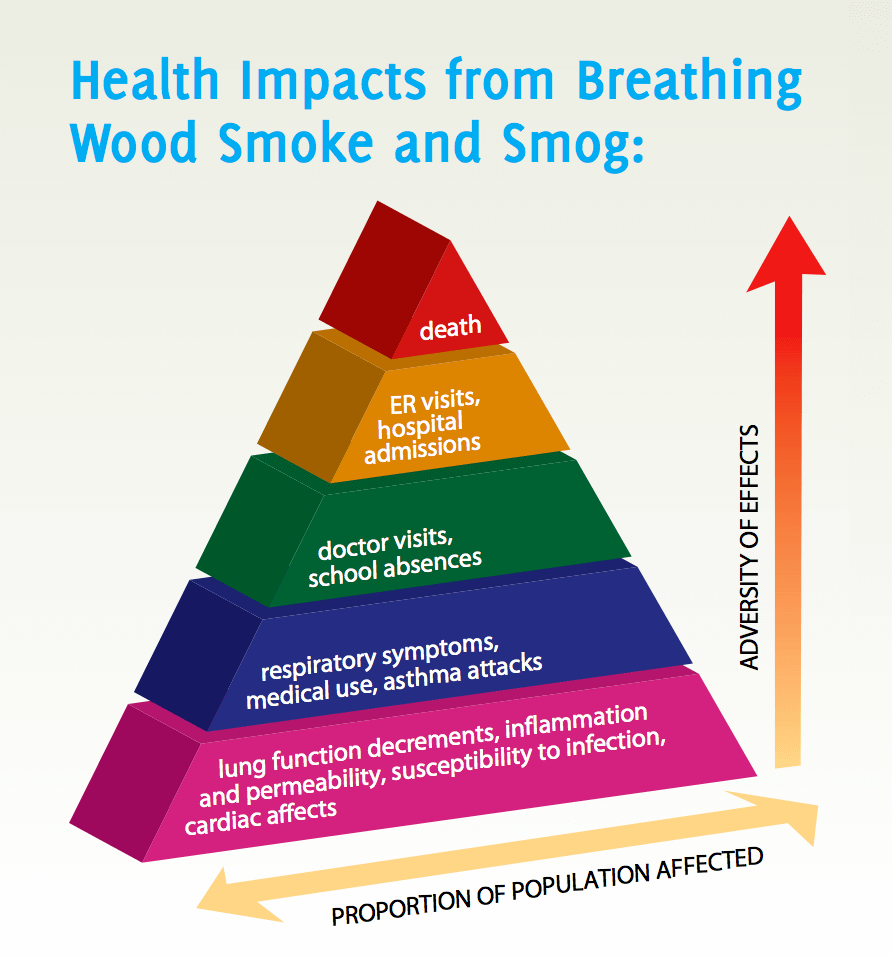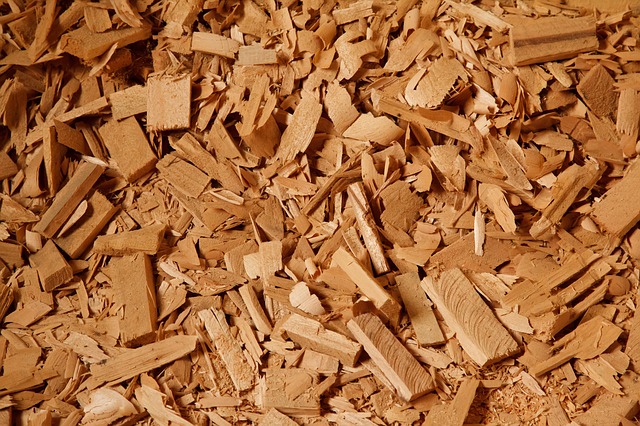An Initiative by the British Columbia Ministry of Environment
It has long been the responsibility of The British Columbia Ministry of Environment to ensure the safety of the environment as well as the people. These measures are designed to secure a safer and healthier future for the province and the nation. One such initiative that was recently under review by the ministry is the establishment of a code of practice for the wood processing industry. According to this code, a clear and consistent limit is set for air emissions to protect the environment and people of BC. This regulation applies to all sawmills that produce greater than 35 million board feet of lumber annually, as well as a few secondary wood processing facilities. The code also states that any facilities that install new discharge sources, or modify an existing source must meet the safety standards for those discharges upon installation or modification, if the emissions increase is over 10 percent. Through this sawmill code of practice in BC, the ministry aims to provide a clear and equitable results-based regulatory framework and ensure adequate protection and management of B.C.’s air, land, and water. The ministry wishes to promote environmentally responsible economic development and use scientific expertise to inform and lead environmental management. They also want to recognize the value and importance of the B.C. wood processing sector.Sawmills – A Contributor to Unhealthy Air Pollutants
The wood processing industry is an established and important sector in the Canadian economy. But its waste discharges are also a common characteristic and pose significant environmental concerns. Sawmills contribute to a number of air polluting constituents. First and foremost, minute sawdust particles from sawing of wood disperse into the air that people breathe. These particles can be extremely dangerous if they settle in people’s lungs. Burning of sawdust is also a grave environmental concern. Alarmingly high emissions of toxic gasses such as carbon monoxide, nitrogen dioxide, and sulfur dioxide through burning of sawdust highlight how the environment, sawmill workers and the rest of the people within the region are affected.
Wood smoke from chimneys in residential areas create particles so small they can enter neighboring homes. Source: BC Government Website

